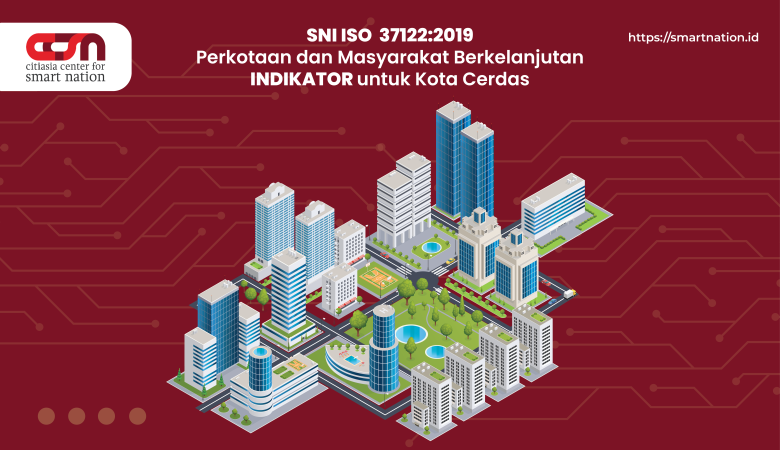
Relationships are based on communication, and so are human-machine relationships. Each generation of technology is defined by the way we communicate with human users. From last year’s levers and gear to ‘80s and 90’s keyboards and mice, touch screens, trackpads, Naughties (00s), and 10s (10s) gestures. As your relationship with digital technology matures, so does communication. In the 20s, the evolving form of communication seems to be the voice. One problem with this branch was the separation of the point problem provider and the point solution provider. Until now, it was difficult to put everything on one platform, but control all of them, regardless of the endpoint interface. Voice works great because you can build the right architecture if you can.
The 19th century was the century of the empire, the 20th century was the century of the nation-state. The 21st century will be the century of the city. By 2050, the world’s population has grown to 9.8 billion. It is estimated that 68% of the population will live in urban areas. From urbanization to densely populated metropolises, we can expect many changes in the way cities work. Today, cities face many challenges, including accelerating digital transformation, eliminating digital divides, and using open data and artificial intelligence to improve citizens’ infrastructure and quality of life. In parallel with these challenges, their digital services are increasingly linked to third-party partners. This gives the city a responsibility to ensure privacy and protect the basic rights of its citizens as it moves into a highly digital environment.
Promotion of artificial intelligence industry

In 2017, the Chinese National Council announced the “Next Generation Artificial Intelligence Development Plan” and started the promotion of the artificial intelligence industry as a national strategic industry. Since then, the central and local governments have announced various AI support policies one after another, actively promoting the development of the AI industry and specific areas. Recently, all AI technologies such as voice recognition robots and autonomous vehicles have been developed based on voice recognition, and AI voice technology is regarded as one of the most mature artificial intelligence technologies in China. AI-based voice and application technologies are expected to develop faster along with technologies such as deep learning, cloud computing, big data, and 5G.
The competition for cities is becoming SMART to incorporate AI into every aspect of urban life. But they need to be transparent and work closely with citizens, scholars, environmentalists, and politicians to mobilize these technologies ethically. Ideally, all smart cities should implement innovations that reconcile economic, political, social and ecological concerns.
Voice technology plays a powerful role in the design of smart cities. Voice is rapidly becoming commonplace in public places, at work, at home and in cars. Online searches for products and services are now performed using the Virtual Assistant. Therefore, cities need to understand how businesses, homes, and everything in between can be connected by voice technology. The audio channel is a great way to access city services quickly and easily, with or without a screen. However, to make this feature available to the public and optimize connectivity with the city, all experiences should be user-centric and appropriate use cases considered. It is also of utmost importance to raise public awareness of new voice priority services and how they can benefit from them.
Implications

Industry insiders point out that China needs to improve AI voice services technically, and AI voice services that enable more advanced dialogue and communication, as well as natural conversations with users did. In particular, to improve the performance and accuracy of voice AI, data analysis technology that collects and analyzes a wider range of voice data is needed.
However, thanks to the policy and support of the Chinese Government, the fourth industry is already growing rapidly and has reached the stage of commercialization. The AI voice recognition field is also expected to accelerate the development of the latest technologies such as AI voice application solutions in response to the demands of the growing market. Efforts are needed to discover new business opportunities by observing and continuously analyzing market trends.
Potential transparency is needed for a smart city to be fully accepted by its citizens, especially when it comes to data collection. There is growing concern that personal data may be collected for targeted surveillance and invasive marketing purposes. These fears need to be addressed before people can live safely in a connected environment. If the smart city also works with global solutions or services (Amazon, Google, Microsoft, etc.), data management is an even more delicate issue and should be central to all decisions.
These are some of the parameters to consider when converting a city to a smart city. Choosing the right voice use case, designing a civic-centric experience, designing campaigns to drive adoption of voice solutions, and more.
Many cities and towns around the world have new data and An innovative way to improve the decision-making process. Cities need to be shared and learn from each other. There are differences in how the two cities work, but there are many. Similarity, by sharing lessons learned and best practices, cities can reduce risk and increase their potential success. Cities can quickly start exploring and experimenting with proven smart city solutions.
Author: Diva Maharani | Illustrator: Akbar Nugroho









Leave a Reply